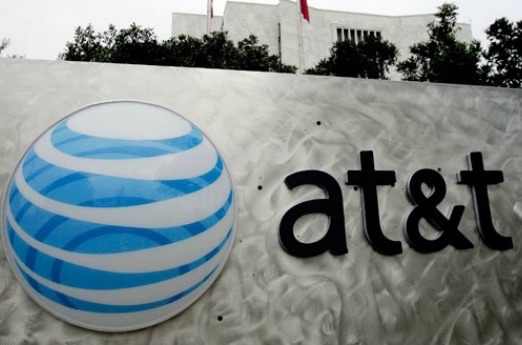Tegna, AT&T Agree to 24-Hour Extension

Station owner Tegna and AT&T’s DirecTV and U-verse units agreed to a 24-hour extension, postponing a potential blackout.
Tegna and AT&T’s retransmission agreement expired at midnight. The agreement covers 47 stations. The dispute involves terms including how much money the distributors must pay to carry the station’s programming.
On the website of Tegna’s WFAA, the station explains the situation to viewers this way:
“In order for our station, WFAA, to be delivered to your home, we negotiate agreements for the rights to carry our station with video service providers like DirecTV and AT&T U-verse. WFAA has agreements in place with all of the video providers in our area, including DISH and Charter. In fact, we just recently reached a multi-year deal with Dish and over the past several years, we have successfully reached agreements with distributors all across the country. Unfortunately, so far DirecTV/AT&T U-verse has refused to reach a fair, market-based agreement with us – even though the terms being offered are fundamentally the same as those that just allowed us to reach a deal with Dish… Unfortunately, in its recent merger with AT&T, DIRECTV promised its Wall Street investors to cut $2 billion from its investment in programming like ours. It is our sincere hope that DIRECTV puts its customers ahead of Wall Street.”
And DirecTV blames the stations for the impasse:
“When contract disputes arise over station owners’ unnecessary increases in what you should pay for these free over-the-air stations, DirecTV will never remove them from your lineup. Period. Station owners may try to avoid their responsibilities to you, but make no mistake: the station owners are the only ones who can decide to take away your local stations. Fewer people watch shows on local stations than ever before, but broadcasters continue to demand everyone pay more to get the few shows they do watch. DirecTV must have their permission to broadcast their programming, so if stations can’t get whatever they want, they deliberately sideline their signal so nobody can see anything. Here are just a few recent examples of stations, licensed to serve the public, who deliberately nixed their communities.”
Broadcasting & Cable Newsletter
The smarter way to stay on top of broadcasting and cable industry. Sign up below
Jon has been business editor of Broadcasting+Cable since 2010. He focuses on revenue-generating activities, including advertising and distribution, as well as executive intrigue and merger and acquisition activity. Just about any story is fair game, if a dollar sign can make its way into the article. Before B+C, Jon covered the industry for TVWeek, Cable World, Electronic Media, Advertising Age and The New York Post. A native New Yorker, Jon is hiding in plain sight in the suburbs of Chicago.










